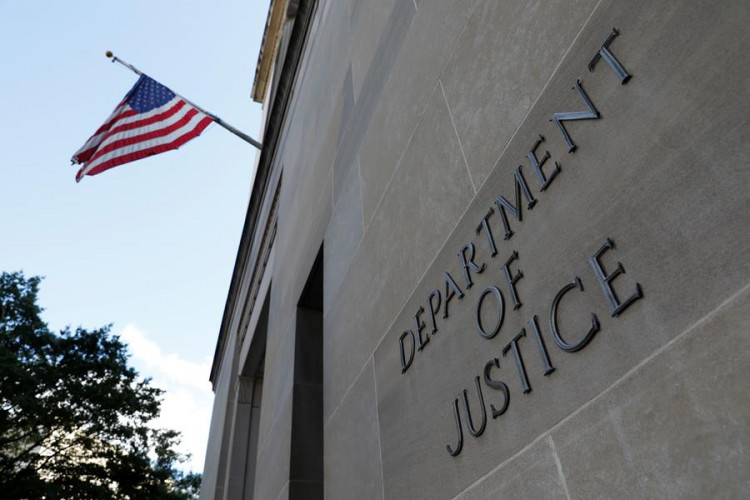A comprehensive report from the U.S. Justice Department has shed light on the critical failures of law enforcement's response to the 2022 school massacre in Uvalde, Texas, where 19 children and two teachers tragically lost their lives. Released nearly 20 months after the harrowing event, the 575-page Critical Incident Review provides the most detailed official account to date, emphasizing missed opportunities by officers to intervene sooner and potentially save lives.
The report reveals that despite receiving multiple signals of ongoing danger, including bursts of gunfire and distress calls from a student trapped with the gunman, law enforcement treated the situation as a "barricaded suspect" operation rather than an active shooter scenario. This decision, counter to established response protocols, significantly delayed the confrontation with the 18-year-old shooter, allowing the carnage to continue for a devastating 77 minutes.
Specific law enforcement officers, including then-school Police Chief Pete Arredondo, then-acting Uvalde Police Chief Mariano Pargas, and Uvalde County Sheriff Ruben Nolasco, are criticized in the report for their lack of effective leadership and coordination. In one instance, Chief Arredondo, the de facto on-scene commander, was found to have delayed aid to the victims, mistakenly believing they were already deceased.
The Justice Department's findings also highlight numerous systemic failures post-incident, from the inadequate provision of therapy services to issues in reuniting students with their families. Notably, the report does not recommend punitive measures nor does it introspect federal forces' actions deeply.
The report was initially requested by the then-mayor of Uvalde amidst concerns of a potential "cover-up" and evolving narratives about the incident. Families of the victims have long sought accountability, with Alfred Garza III, whose daughter Amerie Jo Garza was among those killed, stating, "We want people to be held accountable for what they didn't do that day."
Moreover, the DOJ report criticizes the initial crime scene investigation and medical response. Numerous people, including top officials, compromised the crime scene by entering the classrooms without a clear purpose. Emergency medical teams were not the first to assess the classrooms, leading to potential harm and delayed care for injured victims.
The anguish of the families was further compounded by miscommunication and misinformation. Many families at the reunification site were misled about the fate of their children, with some being notified of deaths by untrained personnel.
The fallout from the Uvalde tragedy extends beyond the immediate response to the shooting. Parents like Javier Cazares, whose daughter Jacklyn was among the victims, continue to grapple with the what-ifs of the situation. "She wasn't shot in the very beginning," he said. "She was shot somewhere in the middle. If they had gone in 30 minutes, 40 minutes earlier, maybe she would be alive."
The DOJ's investigation, involving over 13,000 items for review, aims to provide a comprehensive understanding of the events and the response. As the community continues to seek justice and accountability, the report's findings have become a crucial piece in understanding the multitude of failures that contributed to one of America's most tragic school shootings.






